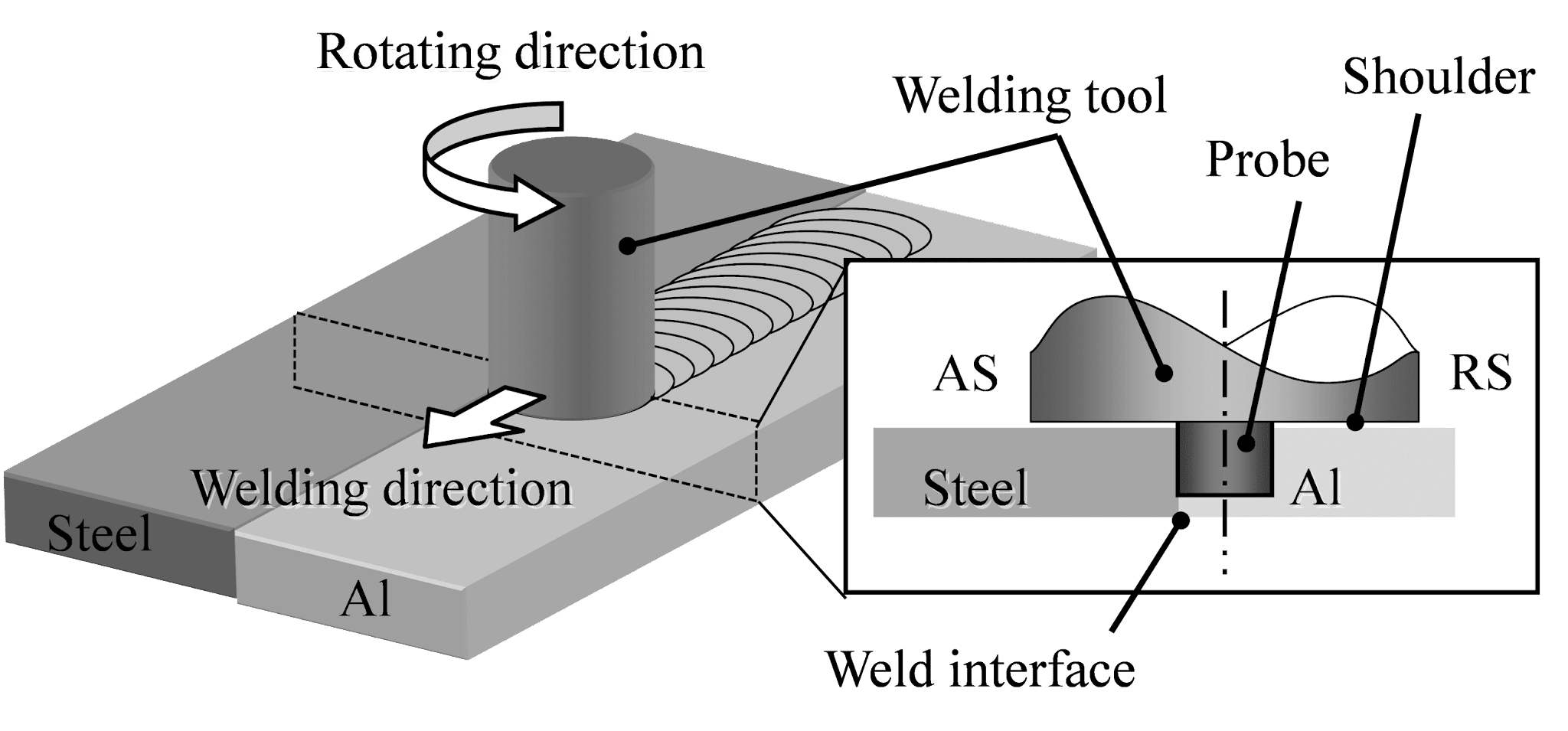Friction Welding – Advantages and Disadvantages?
Friction welding is a process in which two parts with rough surfaces are pressed together at an angle until they touch each other and then heat is applied to bond them together.
Friction welding is a process of joining metals by heating them in the presence of high-speed rotating discs.
Advantages of friction welding:
- This produces a mechanical joint where the two parts come into contact without the need for any form of adhesive or fasteners.
- It is a quick process.
- Less expensive.
- It has minimal distortion.
- It uses a minimal amount of material.
- It is also possible to weld small components with this method because the gap between the pieces can be very small.
- It requires less energy than normal welding because there isn’t any need for a high-temperature arc or molten metal to melt through both pieces before joining them together.
- It does not require clean-up after every job is done.
- The resulting welds are stronger than any other method and they can be used to make parts that are thinner than those made with most other methods.
- It uses relatively little energy, compared to more traditional welding processes such as arc or gas metal arc welding (GMAW).
- This process allows friction welders to work at lower temperatures and also makes it possible for the process to be used in many environments where traditional processes cannot be used, including outdoors and underwater.
- In addition, because there is less heat generated during the process, friction welded joints tend to be much cleaner and require less post-welding cleanup than those made using more conventional methods.
- It can be used on irregularly shaped surfaces
The Disadvantages of friction welding:
- It is not suitable for joining thick metals or components made from brittle materials such as aluminum and stainless steel.
- The biggest disadvantage of friction welding is that it produces some amount of distortion in the joint which can result in weak joints if not done properly.
- It takes more time for thicker materials because it takes longer for heat.
- Due to a lot of heat generated, it required adequate ventilation or cooling systems available to avoid overheating problems.
- Applying too much pressure on the joint when performing friction welding, leads to failure due to stress in the metal structure being worked on.
- It’s easy to heat the metal but difficult to cool it down, so the process takes longer than normal welding processes.
- The cost will vary depending on the type you choose and the complexity involved in making
- It required a skilled person to operate.



